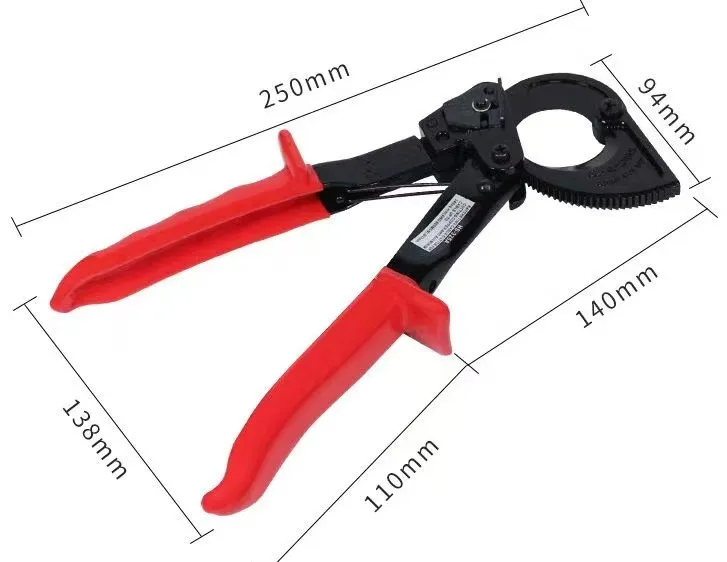
-
 Afrikaans
Afrikaans -
 Albanian
Albanian -
 Amharic
Amharic -
 Arabic
Arabic -
 Armenian
Armenian -
 Azerbaijani
Azerbaijani -
 Basque
Basque -
 Belarusian
Belarusian -
 Bengali
Bengali -
 Bosnian
Bosnian -
 Bulgarian
Bulgarian -
 Catalan
Catalan -
 Cebuano
Cebuano -
 Corsican
Corsican -
 Croatian
Croatian -
 Czech
Czech -
 Danish
Danish -
 Dutch
Dutch -
 English
English -
 Esperanto
Esperanto -
 Estonian
Estonian -
 Finnish
Finnish -
 French
French -
 Frisian
Frisian -
 Galician
Galician -
 Georgian
Georgian -
 German
German -
 Greek
Greek -
 Gujarati
Gujarati -
 Haitian Creole
Haitian Creole -
 hausa
hausa -
 hawaiian
hawaiian -
 Hebrew
Hebrew -
 Hindi
Hindi -
 Miao
Miao -
 Hungarian
Hungarian -
 Icelandic
Icelandic -
 igbo
igbo -
 Indonesian
Indonesian -
 irish
irish -
 Italian
Italian -
 Japanese
Japanese -
 Javanese
Javanese -
 Kannada
Kannada -
 kazakh
kazakh -
 Khmer
Khmer -
 Rwandese
Rwandese -
 Korean
Korean -
 Kurdish
Kurdish -
 Kyrgyz
Kyrgyz -
 Lao
Lao -
 Latin
Latin -
 Latvian
Latvian -
 Lithuanian
Lithuanian -
 Luxembourgish
Luxembourgish -
 Macedonian
Macedonian -
 Malgashi
Malgashi -
 Malay
Malay -
 Malayalam
Malayalam -
 Maltese
Maltese -
 Maori
Maori -
 Marathi
Marathi -
 Mongolian
Mongolian -
 Myanmar
Myanmar -
 Nepali
Nepali -
 Norwegian
Norwegian -
 Norwegian
Norwegian -
 Occitan
Occitan -
 Pashto
Pashto -
 Persian
Persian -
 Polish
Polish -
 Portuguese
Portuguese -
 Punjabi
Punjabi -
 Romanian
Romanian -
 Russian
Russian -
 Samoan
Samoan -
 Scottish Gaelic
Scottish Gaelic -
 Serbian
Serbian -
 Sesotho
Sesotho -
 Shona
Shona -
 Sindhi
Sindhi -
 Sinhala
Sinhala -
 Slovak
Slovak -
 Slovenian
Slovenian -
 Somali
Somali -
 Spanish
Spanish -
 Sundanese
Sundanese -
 Swahili
Swahili -
 Swedish
Swedish -
 Tagalog
Tagalog -
 Tajik
Tajik -
 Tamil
Tamil -
 Tatar
Tatar -
 Telugu
Telugu -
 Thai
Thai -
 Turkish
Turkish -
 Turkmen
Turkmen -
 Ukrainian
Ukrainian -
 Urdu
Urdu -
 Uighur
Uighur -
 Uzbek
Uzbek -
 Vietnamese
Vietnamese -
 Welsh
Welsh -
 Bantu
Bantu -
 Yiddish
Yiddish -
 Yoruba
Yoruba -
 Zulu
Zulu


des . 07, 2024 09:50 Back to list
fiber cutter
Understanding Fiber Cutters A Comprehensive Overview
In the realm of telecommunications and networking, fiber optics has revolutionized the way data is transmitted. The technology relies on the transmission of light through thin strands of glass or plastic fibers to convey information over long distances at extraordinary speeds. However, to utilize fiber optics effectively, one must incorporate specific tools, most notably the fiber cutter. This article delves into the significance of fiber cutters, their types, features, and best practices for use.
What is a Fiber Cutter?
A fiber cutter, also known as a fiber optic cleaver, is a precision tool designed to cleanly cut optical fibers. Achieving the right cut is paramount because any imperfections can lead to signal loss or degradation in performance. A fiber cutter ensures that the fiber ends are smooth, allowing them to be easily joined together, either through splicing or connecting to other devices.
Types of Fiber Cutters
1. Handheld Fiber Cutters These are manually operated and are typically used for small-scale tasks or fieldwork. Handheld cutters provide portability but require a steady hand and precision from the user.
2. Automatic Fiber Cutters Designed for industrial use, these machines are capable of making multiple cuts simultaneously with high accuracy. Automated processes ensure consistency, reducing the margin of error.
3. Fusion Splicer Cutters Often integrated with fusion splicing machines, these cutters prepare fibers for the splicing process. They are crucial for achieving optimal alignment and minimal loss during the fusion process.
4. Bench-top Cutters These are designed for laboratory settings where fibers need to be cut in bulk. They often come equipped with features that improve cutting accuracy and efficiency.
Key Features to Consider
When selecting a fiber cutter, several key features should be considered
- Cutting Precision Quality fiber cutters should create a smooth and flat surface to ensure proper alignment during connections.
- Adjustment Mechanism The ability to adjust the cutting angle can provide flexibility when dealing with different types of fiber or specific project requirements.
fiber cutter

- Durability Given that optical fibers can be delicate, a cutter must be sturdy enough to withstand regular use without compromising cutting quality.
- Ease of Use User-friendly designs can save time and reduce errors, making the cutting process more efficient.
- Portability For fieldwork, lightweight and compact designs are particularly important.
Best Practices in Using a Fiber Cutter
To maximize the effectiveness of a fiber cutter, certain best practices should be adhered to
1. Prepare the Fiber Before cutting, ensure the fiber is properly stripped of its protective coating. Any residue left on the fiber can affect the quality of the cut.
2. Keep the Blade Clean Regular maintenance of the blade is essential. Clean it periodically to prevent contaminants from affecting the cut.
3. Use the Right Cutting Technique Depending on the type of fiber, adjust the pressure and speed during cutting. Different fibers have diverse characteristics, influencing how they should be handled.
4. Perform Regular Calibration For automatic and fusion splicer cutters, regular calibration ensures ongoing accuracy and effectiveness.
5. Follow Manufacturer Guidelines Adhere to the instructions provided by the manufacturer regarding the use and care of the cutter. This ensures longevity and optimal performance.
Conclusion
In summary, fiber cutters play a crucial role in the fiber optic industry, facilitating clean cuts that enhance data transmission quality. By understanding the various types of cutters and how to use them effectively, professionals can minimize losses and ensure the reliability of their fiber optic systems. Whether in a telecommunications network, a data center, or during a field installation, the importance of a fiber cutter cannot be underestimated. Investing in the right tools and following best practices will ultimately yield superior results in any fiber optic endeavor.
Latest news
duct-rodders-and-conduit-rod-tools
NewsAug.22,2025
ratchet-pullers-and-wire-tightening-tools
NewsAug.22,2025
chain-ratchet-pullers-and-hoist-solutions
NewsAug.22,2025
telescopic-hot-stick-for-electrical-and-high-voltage-use
NewsAug.22,2025
cable-clamp-and-insulated-cable-clamp-systems
NewsAug.22,2025
duct-rodder-conduit-rodder-and-cable-solutions
NewsAug.22,2025








